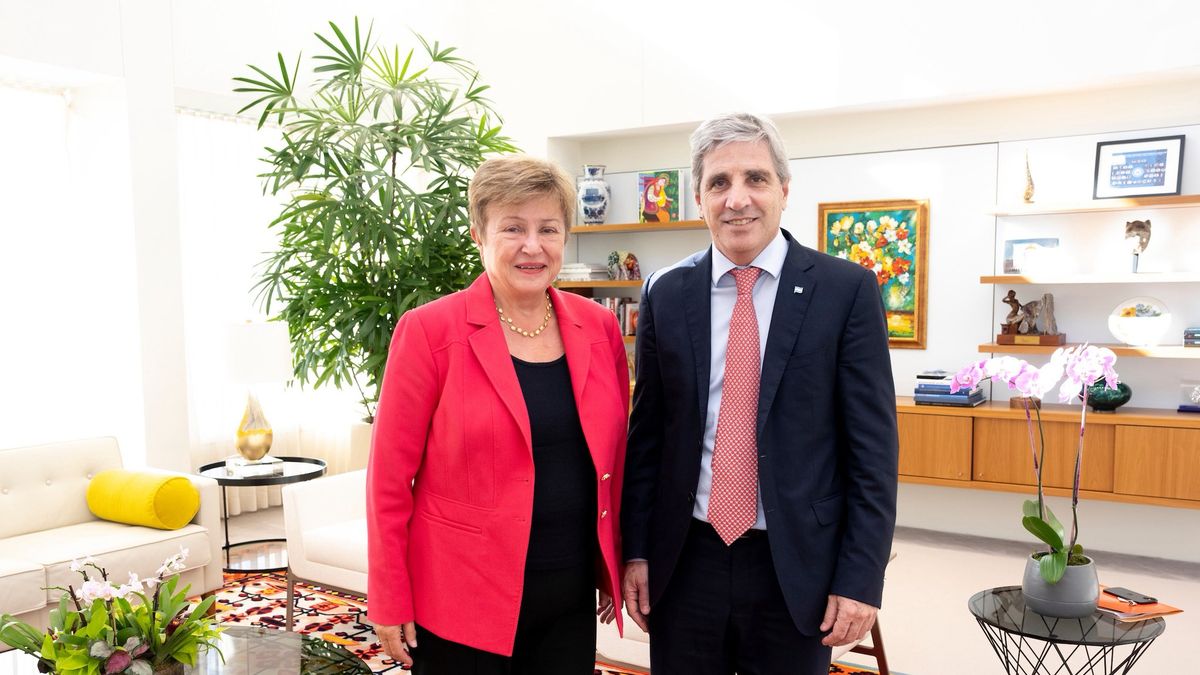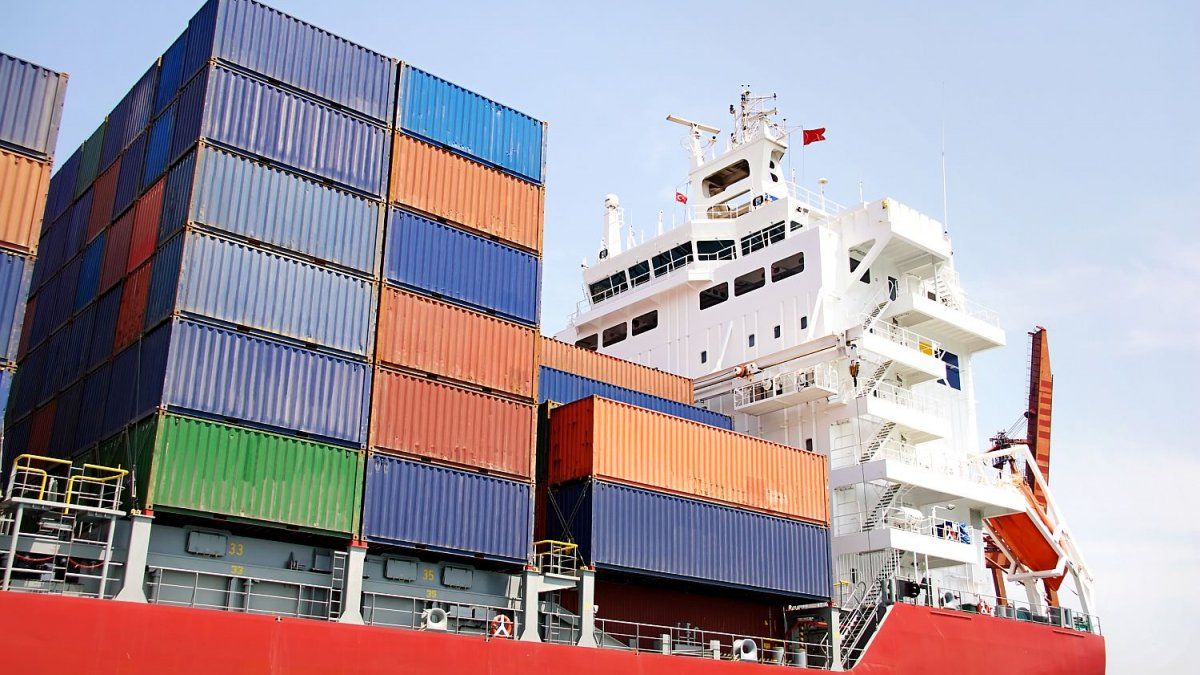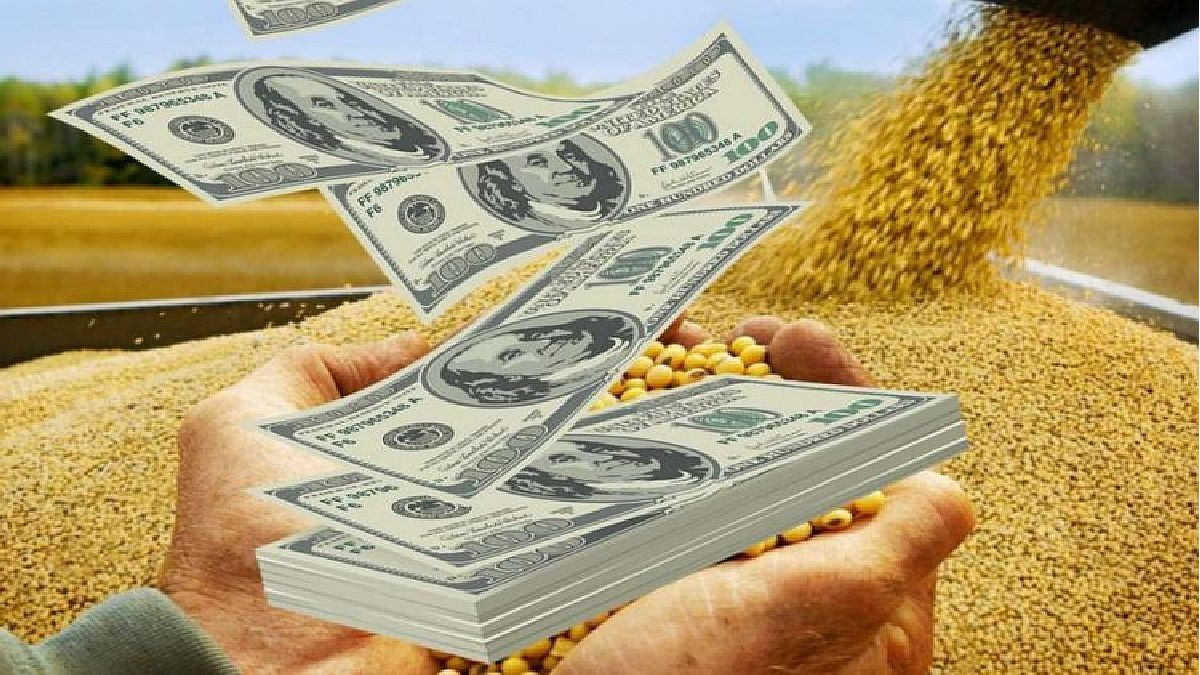Martín Calveira, an economist at IAE, the business school of the Austral University, explained to Ámbito that “with the monthly inflation we have, the variation in the exchange rate goes backwards”. “Last month we had 6.7% and April is supposed to be 5%, so the variations in the retail nominal exchange rate should be greater to compensate or converge to a balance number,” Calveira said.
According to Central Bank sources, the idea contemplated in the agreement signed with the International Monetary Fund (IMF) in March is that the competitiveness of the Argentine exchange rate remains at the levels it had at the end of last year. December 31st the TCRM index was 102.5, lor that would indicate that today it would be appreciated only 2.6 points.
Calveria stressed that “Inflation in the United States at a level of 7% or 8% per year is nuanced appreciation, that is, less crawling peg is required”. For some analysts, then, the dollar’s loss of power would impact half a point per month regarding the need to devalue the pesoalthough they point out that in a context of high nominality it is difficult to measure these relative movements between the two currencies.
Regarding Brazil, the peso was appreciated for much of 2021 with a bilateral index that reached 88 points, but the trend was reversed and currently it is located at a balance point of the order of 100 pointswhich also helps Argentina to be forced to devalue less in order to export to the neighboring country.
Calveira highlighted that the IAE has an extensive historical series of the TCRM that begins in January 1959 and ends in March of this year. In this long historical period, the multilateral real exchange rate is 21% behind. While economists are discussing whether Argentina has to go towards dollarization or a fixed exchange rate scheme, data from the BCRA indicate that, on average, throughout the Convertibility period, the multilateral exchange rate was quite appreciated with an index of 75.7. After bimonetarism left and until 2007 it was ultra-competitive, at a level of 160, and then until 2017 it remained at 111 points.
“One has to gain competitiveness through productive efficiency in investment, but if one wants to achieve it through a devaluation, imports become more expensive and activity is hit,” warned the economist, who said that for this reason the Central Bank “is trying to produce depreciations minimal”.
In the IAE they reject the idea of adopting the North American currency raised by some opponents, such as Javier Milei. “We do not see a dollarization scenario as possible and we do not see it as a solution either. With dollarization there is an entry clause, but there is no exit clause as we have already seen with convertibility,” Calveira said.
Meanwhile, the IAE indicates in its latest report that the level of the real exchange rate for March is at a lower level compared to the average for 2021, showing an appreciation of 12.1%. “This is due to the incipient variations of the nominal exchange rate and a high monthly variation of the price level of the economy, that is to say, that the variation of prices clearly deteriorates the competitiveness gain of the depreciation of the national currency”, he says. The report.
Thus, he points out that the “Balancing dollar estimated by the IAE-Austral (according to the average RER for the period December 2010-March 2022) in the formal effective price of the retail market would be $194.3” and concludes that “the current exchange rate would be below that value by 1.1% and dependent on future inflation.”
Source: Ambito
David William is a talented author who has made a name for himself in the world of writing. He is a professional author who writes on a wide range of topics, from general interest to opinion news. David is currently working as a writer at 24 hours worlds where he brings his unique perspective and in-depth research to his articles, making them both informative and engaging.




